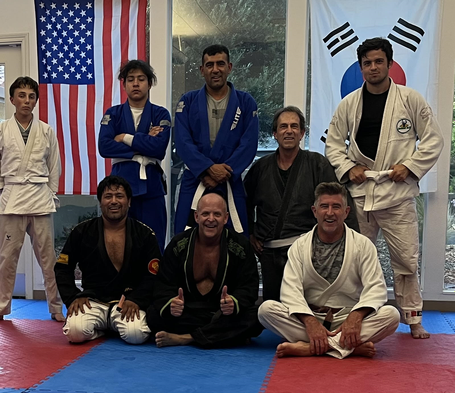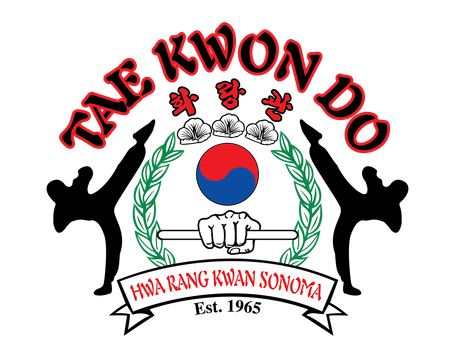
Brazilian Jiu-Jitsu
Classes Offered Wednesdays 6:00-7:00pm and Saturdays 11:00am-12:00pm (most Saturdays)
We are honored that Scott Rewick is teaching Brazilian Jiu-Jitsu at our school. Scott is a Brazilian Jiu Jitsu Black Belt under David Camarillo, of Guerilla Ju Jitsu. As a BJJ practitioner for over 20 years, Scott began his martial arts journey under former UFC Middleweight champion Frank Shamrock at the world famous American Kickboxing Academy in San Jose. Scott then went on to study (and receive his blue and purple belt) under legendary BJJ practitioner Ralph Gracie. Scott received his brown and black belts under David Camarillo.
In case you don’t know much about Jiu-Jitsu (JJ) and Brazilian Jiu-Jitsu (BJJ), the main difference between these two martial arts is that JJ was originally developed for the Japanese samurai and is suitable for real-life combat situations. It is often taught in a very traditional setting where discipline is greatly valued. Brazilian jiu-jitsu, on the other hand, is primarily used for sport with a primary focus on grappling.
Here’s a definition from Wikidipedia:
“Brazilian Jiu-Jitsu is a martial art and combat sport based on ground fighting (ne-waza) and submission holds. BJJ focuses on the skill of taking an opponent to the ground, controlling one's opponent, gaining a dominant position, and using a number of techniques to force them into submission via joint locks or chokeholds.
“Brazilian Jiu-Jitsu was first developed around 1920 by Brazilian brothers Carlos, Oswaldo, Gastão Jr., George, and Hélio Gracie, after Carlos was taught traditional Kodokan judo by a travelling Japanese judoka, Mitsuyo Maeda, in 1917. Later, they marketed their own self-defense system based on Judo and named it Gracie Jiu-Jitsu. BJJ eventually came to be its own defined combat sport through the innovations, practices, and adaptation of Gracie Jiu-Jitsu and Judo, and became an essential martial art for modern MMA. Governing bodies such as the IBJJF work worldwide, and set the rules and standards to be held in sport BJJ competitions.
“BJJ revolves around the concept that a smaller, weaker person can successfully defend him/herself against a bigger, stronger, heavier opponent by using leverage and weight distribution, taking the fight to the ground and using a number of holds and submissions to defeat them. BJJ training can be used for sport grappling and self-defense situations. Sparring, commonly referred to as "rolling" within the BJJ community, and live drilling plays a major role in training and the practitioner's development. BJJ can also be used as a method of promoting physical fitness, building character, and as a way of life.”
https://en.wikipedia.org/wiki/Brazilian_jiu-jitsu
Our classes begin with warm-ups, instruction on one or two new techniques which could include positions, submissions, grappling, or other important aspects of the sport, and then rolling in order to put the lessons in practice. If you have a gi/uniform, feel free to bring it; otherwise, exercise clothing would be appropriate.
Classes are Wednesdays from 6:00-7:00pm and most Saturdays 11:00am-12:00pm (check with us first or then join our mailing list so that we can keep you in the loop).
One class per week (Wednesday 6:00-7:00pm) for BJJ only is $119/month
As an add-on for existing non-BJJ student, it’s $40/month
All regularly-enrolled students are welcome to join the Saturday class at no extra cost
Drop-in fee for either BJJ class is $35/class
You may sign-up online or in person
2025 © Copyright The Sonoma School of Martial Arts. All rights reserved.
1247 Broadway, Sonoma | (707) 225-4829 | info@HRKSonoma.com
We need your consent to load the translations
We use a third-party service to translate the website content that may collect data about your activity. Please review the details in the privacy policy and accept the service to view the translations.
